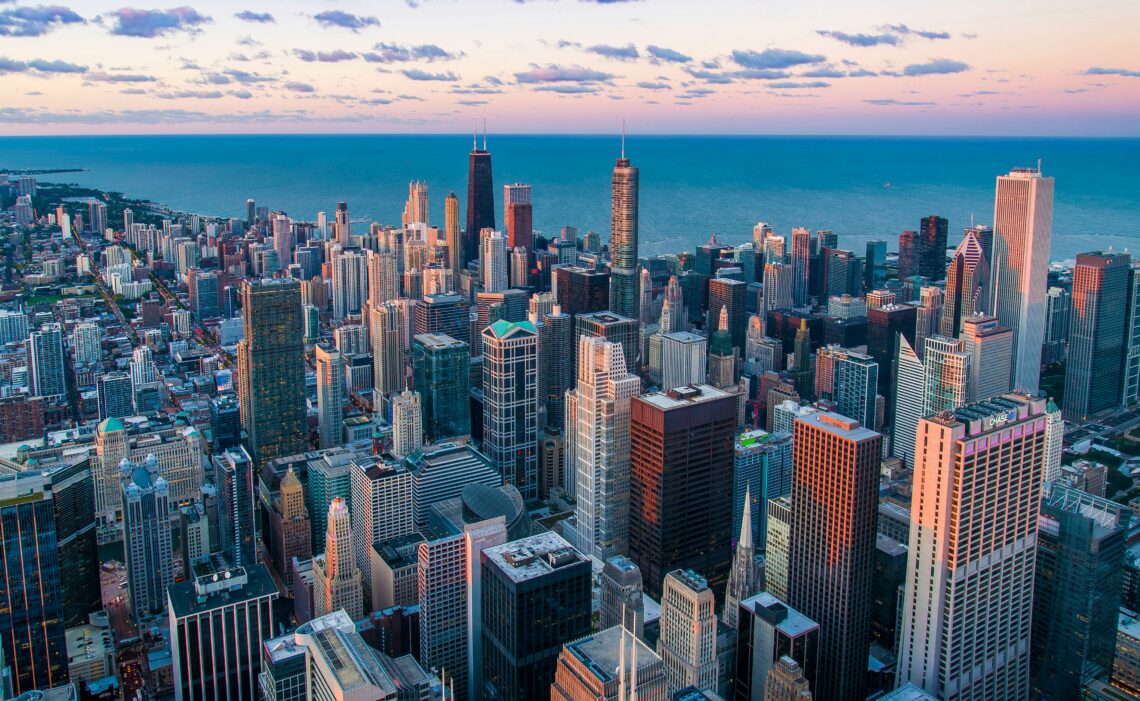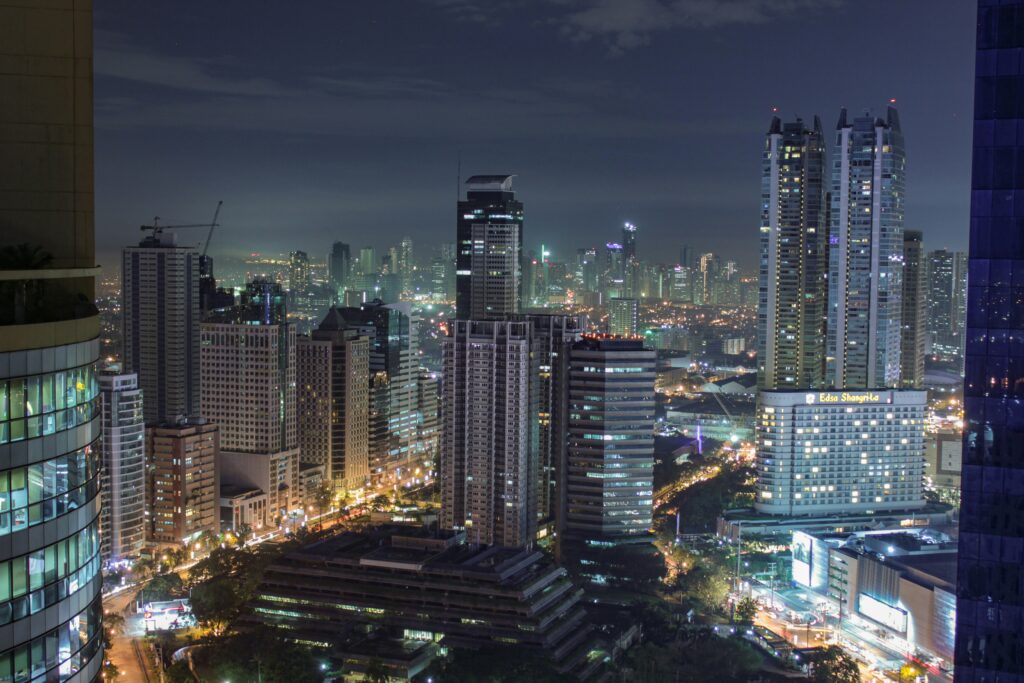
Malls or more: what are our cities for?
Ricardo Padilla says it’s time to rethink urban life.
Have cities led to our feverish spend-spend-spend lifestyle or is it the other way round? Or in other words, how have commodities and consumption shaped our cities and the urban experience?
Because we need to stop and think. Do we want our cities to keep evolving in the way they are or is it time to press pause? And how will post-Covid developments such as the growing tendency to work from home affect or not how our cities grow?
Our world has changed a lot since the 19th century. Where we work, how we work, how we got there, have all been transformed, as well as our relationship with nature.
We’ve moved into an age of conspicuous consumption with the deification of the transient, ever-changing commodity.
But can we blame cities for this? Certainly, the spectacular, modernizing impacts of commodities and consumption are most visible in urban spaces. The city, particularly in advanced economies, has become the geographical space where consumerism is most visible.
The development of the city as a landscape of consumption could already be seen in the 19th century, as the pokey lanes of medieval European cities were rendered incompatible with the speed and scope of modern life.
Paris was the clearest example, with grand boulevards constructed over centuries-old roads, and articles from across the vast French Empire and beyond brought back for quick consumption. Grand galleries and arcades were erected to house these wares, where the consumer could amble through labyrinthine indoor streets.

Slower forms of consumption – with goods brought in from farm to market – were replaced by more rapid displays of the newfangled commodity, through which the exotic was made familiar, and the vast world brought home.
The predictability of urban life seemed to vanish in this strange phantasmagoria, where the arcade was the new cathedral, and the consumer good the new God. Marx, with his characteristic gift for diagnosis (though his proposed solutions would only make things worse), waxed lyrical and quipped that ‘all that is solid melts into the air’, as he witnessed modernity’s relentless march.
With this change spreading through Europe and the United States, leaving Vienna’s medieval fortifications destroyed and completely reimagining the planning of Prussian Berlin, theorists such as Walter Benjamin aptly noted the almost theological qualities of this shift.
For in modernity’s urban spaces, fixity is replaced by an oscillating assemblage of novel sights, sounds, and smells. Here, the senses are bombarded, and the onlooker rushes to buy more.
In such sites of enticement, the cult of the new is formed.
This cult is evident not only in the urban spaces of 19th century modernity, but also in more recent examples. Moving away from the factories and arcades of the Industrial Revolution, new landscapes of modern consumption have emerged. The mall serves as a contemporary example of modernity’s enthralling magic, as expressed in songs such as Madonna’s Material Girl and Eurythmics’ Sweet Dreams.
The mall’s architecture is reconstructed and reproduced across vast geographical distances by large, corporate firms, resulting in quick standardization and the destruction of more local forms of consumption. The mall represents a new space of meeting, of communication, and of consumption, replacing the high street and the market square of old. Here, even the site of sale itself is commodified – in a set of cookie-cutter building styles that could honestly be from anywhere.
Standardized goods span endless rows of shelves, with the rush of shoppers in and out powering a restless urban metabolism. A pseudo-place is created, with its inhabitants encouraged to shop till they drop. These temples to Mammon become liminal meeting points, where, as Jon Goss writes in his The Magic of the Mall, the ‘sacred and secular, the mundane and exotic, and the local and the global’ meet, and the norms of the outside world are suspended.
Shoppers are duped into thinking they are agents of unique, personal and even magical transactions, encountering ‘in the flesh’ Disney cast members and Barnum clowns.
Yet in these agorae of today, consumers find themselves in what Goss calls a ‘contrived and controlled’ environment where movement is choreographed through architecture to encourage even more purchases. This is a far cry from the free space of ye olde square .
Malls, as civic spaces of urban modernity, attract the interest even of governments with their enthralling appeal. China’s Communist Party, seeking to depoliticize Tiananmen Square, has chosen to broadcast nationalistic addresses in Beijing’s malls – where it expects the masses to be – while constraining access to the square itself.
Meanwhile, older, more authentic meeting places, such as crossroads and plazas, fall victim to the commodification embodied by the mall. Cities such as Paris and Prague have become commodities themselves, selling their cultural capital to attract tourism and investment. Old thoroughfares such as Prague’s Charles Bridge are turned into consumer products like any other, while one time residents are priced out through ensuing gentrification.
In my own Manila I have witnessed how urban spaces with centuries of history are replaced by vast shopping centers, all looking nearly identical. Cottage industries and small shops providing livelihood to millions in the Manila metropolitan area are outcompeted by the economies of scale that malls possess, which, even though they also provide employment, bring down wages.

All the while, ‘malling’ has become the pastime of choice for millions – with voter registration in malls, prayer rooms in malls, and even Christmas family reunions in malls. This spread of commodification and conspicuous consumption has fundamentally reshaped Manila’s urban spaces, even within my lifetime.
The new modes of consumption and changes to urban spaces instilled by modernity leave the onlooker lost amidst a sea of new goods and materials, constantly bombarded by advertising campaigns designed to catch the eye and influence purchases.
The consumer is left never satisfied, as consumer goods are made with limited life cycles by producing firms and new sets of goods are constantly released. Some firms, such as Apple, even intentionally slow down their products after a set period to encourage new purchases.
The modern consumer is well captured in the figure of the flaneur, strolling along the busy arcades and shops of 19th century Paris. The flaneur walks through the modern urban landscape, affluent and perceptive but detached. Delighting in the anonymity of the crowd, the flaneur strolls confidently, moving with the city as it changes while social bonds and age-old traditions melt away.
This disorienting experience of urban modernity belongs not only to 1800s Paris, but is also lived here in our times.
On social media, we are ourselves commodities in a digital world, with each of us flaneurs gazing inwards. We can be clicked on, quantified, and made to disappear with the flick of a finger.
We do not simply consume but we define ourselves through our consumption, basing our identities on clothes worn and materials purchased. But is this experience, the commodification of everything, even ourselves, really new? Urban spaces, even before the Industrial Revolution, have always been important contexts and spaces of consumption. People have always to an extent been defined by what they possess and what they wear, as can be seen in the medieval guilds whose forms of clothing identified each one. And was not the height of the commodification of individuals reached during the Atlantic Slave Trade?
Nonetheless, modernity’s advent in the 19th century clearly marks a break in how our cities are configured as well as the lived experiences of their inhabitants. Its impact, by foregrounding commodities and consumption as the key factors defining cities and individual livelihoods, has lasted for more than two centuries and has spread across all contemporary human societies.
The modern individual is fundamentally defined by consumption practices and shaped by processes of commodification which only lead to further purchases and the cycle’s continuation. The mall, that new secular cathedral, or online shopping for those who prefer to ‘worship’ from home, has become the modern space par excellence, but one which threatens to eclipse traditional public civic and transactional spaces.
Is there another way? Possibly yes, and there might – just – still be time. Here’s how one contemporary thinker envisages what cities are and how they might function.
“Cities are multicultural; in the larger cities, a connective network is found in which groups of people share a common imagination and dreams about life, and new human interactions arise, new cultures, invisible cities …
“How beautiful are those cities which overcome paralyzing mistrust, integrate those who are different and make this very integration a new factor of development! How attractive are those cities which, even in their architectural design, are full of spaces which connect, relate and favor the recognition of others!”
These ideas by Pope Francis in his Evangelii Gaudium might sound too optimistic but sometimes you need the vision of faith to glimpse what tired cynicism fails to see.
Like what you’ve read? Consider supporting the work of Adamah by making a donation and help us keep exploring life’s big (and not so big) issues!
Ricardo Padilla
Ricardo Padilla is studying geography at the University of Oxford. Born and bred in the Philippines, he loves travel and a good book. Despite his tropical background, he is even coming to love British weather.

